This Summer Students Worked With Animals, Iron, Patients, and the Constitution
‘I’m super grateful that I can actually be so hands-on,’ said social impact intern Patricia Palanik ’28
With the many opportunities Princeton provides, summer is a chance for students to truly choose their own adventure. They conduct experiments across the globe, intern in their chosen fields, or support their hometown community through service. PAW talked to five Princeton students to find out how they spent their summer.
Hilal Akman ’27
Projects for Peace winner
After spending last summer in Ecuador working at a hospital through Princeton’s International Internship Program, Akman, a molecular biology major, was compelled to revisit. With Projects for Peace funding, this year Akman was a leading force in the creation and management of a mobile clinic focused on screening and treatment of cervical cancer, a preventable disease that is the second-most commonly diagnosed cancer in women in the country. She spoke with doctors, drafted a culturally sensitive educational video to be played in waiting rooms, and helped prep nearly 500 patients. Akman, a Turkish native with no previous connection to Ecuador, said she appreciated the chance to improve her Spanish and build a strong bond with “a country that’s so different from my own home.”
Joseph Roberts ’27
Martin A. Dale ’53 Summer Award winner
Roberts, a mechanical and aerospace engineering major, has been blacksmithing with his dad in his backyard since he was young, but this summer, he worked at two historical sites near his hometown of Manteo, North Carolina. His blacksmithing demonstrations forging items such as belt buckles and nails entertained visitors, particularly when he dressed in period-accurate clothing, circa 1585. With the funds from the Dale award, Roberts also traveled to Germany to meet other blacksmiths and view historic ironwork, and alongside his father, he learned how to make Damascus steel — which produces tough, patterned pieces — through a class at the Virginia Institute of Blacksmithing. It’s “nice to hit something with a hammer and get something out of it,” Roberts said.
Bradley Nilson ’28
Global Health intern
With a desire to spend his summer in nature helping others, Nilson decided to travel to Kenya for 10 weeks and study the health of animals (both pets and livestock) in pastoralist communities. Through an internship with Princeton’s Center for Health and Wellbeing at the Mpala Research Centre, Nilson interviewed locals and collected tick and fecal samples to study gut parasites, milk yields, and more. “Being able to work both internationally and in health, as I am interested in going into medicine, was a really valuable opportunity,” Nilson said — not to mention his sightings of zebras, hippos, giraffes, elephants, and a melanistic leopard.
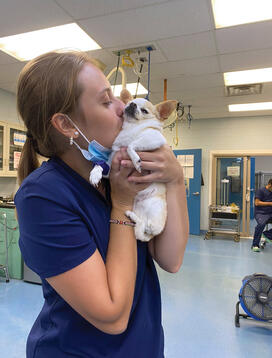
Patricia Palanik ’28
Summer Social Impact intern
Palanik knew she wanted to work with animals, and after hearing about the Summer Social Impact Internship program through Princeton’s Center for Career Development, she crafted her own experience working with a low-cost clinic in Philadelphia close to her home. At first, Palanik shadowed veterinarians at the Dutton Road Veterinary Clinic, but by the end of the summer, she was taking X-rays, performing exams, and educating owners about their pets. “I’m super grateful that I can actually be so hands-on,” said Palanik. The work cemented her desire to become a vet and “definitely is giving me more motivation to keep going with all of the hard classes.”
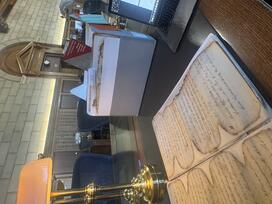
Luke Carroll ’26
Stone/Davis Prize winner
In addition to an internship at Goldman Sachs in New York City, Carroll “moonlight[ed] as a historian” this summer by researching his thesis topic: the notion of originalism when it comes to interpreting the U.S. Constitution. Even just a decade or so after the drafting of the document, it was “an open question as to what ‘original’ actually meant,” according to Carroll. He used Stone/Davis funding to request documents and visit archives in Philadelphia and Harrisburg, Pennsylvania, where he reviewed historical materials such as appeals court records. Carroll, who hopes to become a lawyer, wants to “be able to carry my senior thesis with me throughout my life.”


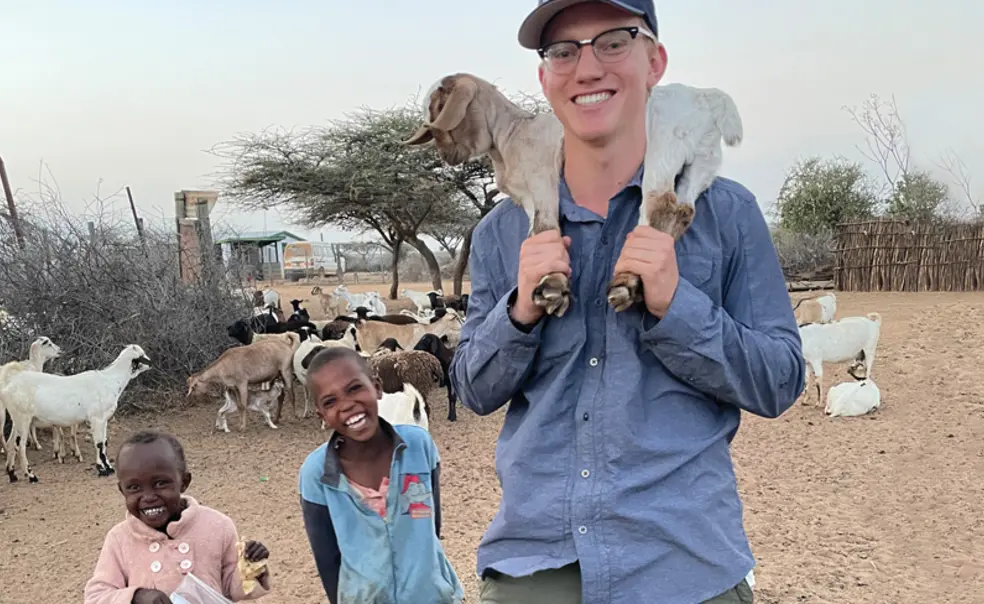





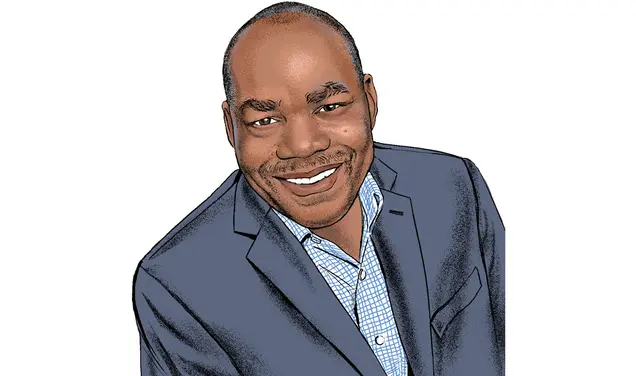
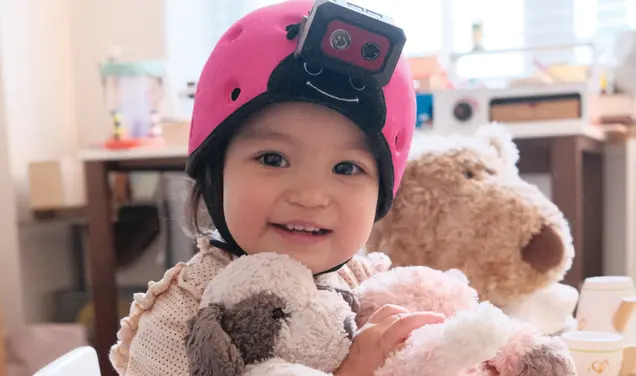


No responses yet